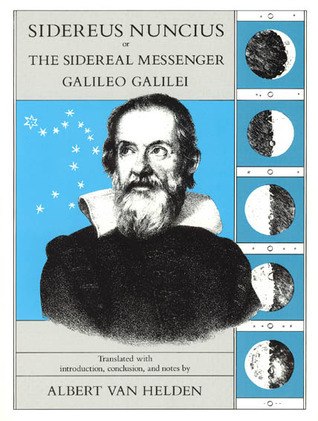
Dialogue Concerning the Two Chief World Systems: Ptolemaic and Copernican
Book Description
Two worlds collide in a breathtaking clash of cosmic theories. Galileo Galilei bravely thrusts the Ptolemaic and Copernican models into a fiery debate, challenging the very foundations of science and faith. With sharp wit and relentless curiosity, he dissects the heavens, as allies and adversaries circle like hawks. Each argument unfurls like a dramatic revelation, pushing the limits of reason and belief. As the dialogue unfolds, will the truth of our universe be illuminated, or will centuries of tradition extinguish the flame of discovery? Prepare for a thrilling journey through the stars—what does it take to change the world?
Quick Book Summary
Galileo Galilei’s "Dialogue Concerning the Two Chief World Systems" is a landmark work in the history of science and philosophy, presenting a dramatic debate between the geocentric Ptolemaic model and the heliocentric Copernican theory. Framed as an engaging conversation among three interlocutors—Salviati, Sagredo, and Simplicio—Galileo masterfully examines astronomical observations, physics, and mathematical reasoning. Galileo methodically dismantles the Ptolemaic worldview, using evidence like the phases of Venus and the motions of Jupiter’s moons to advocate for Copernicus’s sun-centered universe. Beyond celestial mechanics, the dialogue courageously explores the tension between empirical inquiry and religious dogma, highlighting the perils faced by those who challenge orthodoxy. Ultimately, the book stands as a bold testament to the transformative power of scientific thinking and reason.
Summary of Key Ideas
Table of Contents
Comparing Geocentric and Heliocentric Models
Framed as a four-day conversation, Galileo’s work brings together Salviati (the Copernican advocate), Sagredo (the open-minded layman), and Simplicio (the defender of the Ptolemaic-Aristotelian tradition). Each interlocutor presents arguments relating to the structure of the cosmos, using rhetorical skill to press their case. Galileo’s choice to use a dialogue format allows multiple viewpoints to be explored, creating a dynamic and engaging examination of the scientific and philosophical questions at hand.
The Role of Observation and Evidence
Central to the Dialogue is the comparison of the Ptolemaic (Earth-centered) and Copernican (Sun-centered) world systems. Through careful exposition and Socratic questioning, arguments are put forth regarding the apparent motion of the planets, the behavior of falling bodies, and the evidence provided by telescopic discoveries. The roles of inertia and relativity in planetary motion are also discussed, providing the groundwork for later developments in physics and astronomy.
Challenging Authority and Tradition
Galileo places great emphasis on observation and evidence, drawing upon his own telescopic findings such as the moons of Jupiter, the phases of Venus, and the rough surface of the Moon. These observations undermine the Ptolemaic model and strongly favor the heliocentric alternative. Galileo’s advocacy for empirical results signals a shift in science, stressing the importance of evidence over entrenched authority. He highlights how direct observation can overturn centuries of accepted dogma.
Interplay of Science, Philosophy, and Theology
The Dialogue also explores deeper philosophical questions about the role of tradition and religious authority in the pursuit of knowledge. Through Simplicio, Galileo illustrates the resistance to change characteristic of institutionalized thinking, while Salviati champions reason and scientific inquiry. The tension between these characters echoes the real dangers faced by Galileo himself and by others who pushed against the boundaries imposed by established authorities, both philosophical and theological.
Limits and Potential of Human Knowledge
Ultimately, the work meditates on the limitations and possibilities of human knowledge. Galileo emphasizes humility while navigating the cosmos, recognizing that while reason and observation can illuminate the universe’s mysteries, there are limits to certainty. The Dialogue leaves readers with a vision of science as a continuously evolving quest, propelled by curiosity, evidence, and the relentless questioning of accepted wisdom.
Download This Summary
Get a free PDF of this summary instantly — no email required.





